WordPress Multilingual String Translation Addon
You are able to translate texts that are not included within posts, pages, or taxonomy with the help of WPML String Translation. This contains the slogan of the website, general messages in admin panels, titles for widgets, and a great deal of additional content.
Activating String Translation
The Multilingual CMS account type and the Multilingual Agency account type both have WPML’s String Translation module as part of its features. Downloading and installing it from the Downloads area of your WPML.org account, where it may be found, is the first step in enabling it.
Then, navigate to WPML → String Translation.
Choosing which strings to make translatable
A complicated website could have a lot of strings that need to be translated. To choose which strings to display on the String Translation page, use the display filter that is located at the top of the page.
The String Translation database has already had many strings inserted into it, and they are all waiting for you to translate them. The WPML markup language does not, however, immediately load each and every string. Please refer to our post on finding strings if you are having trouble locating a certain string that you would want to translate and are unable to locate it.
How to translate a string
After you have discovered the string that you wish to translate, click the plus sign that is situated next to the flag of the language into which you would like to translate the string.
You may save your translation by pressing the Enter key on your keyboard, the Tab key, or simply by clicking out of the window when you are finished. You may switch between languages simply by pressing the Tab key instead of clicking the appropriate button.
Additionally, you have the option of sending strings to your translators. You may choose the languages by clicking the checkboxes that are located next to the strings, and then selecting them from the list. If you are the sole one translating information on the site, you may conclude your translation by going to WPML > Translations and clicking the “Translate chosen content” button. You are able to add the strings to the translation basket even if you employ the services of additional translators or a professional translation agency.
You may take on the task of translating the strings using the Advanced Translation Editor by assigning the translation job to yourself or to a local translator. You can have the option of submitting the task to a translation provider so that it can be translated.
How to delete a string
If you decide to stop using a certain theme or plugin, you might want to get rid of the strings that are linked with it. It’s as easy as picking out the strings you don’t want and then clicking the Delete selected strings button.
Scroll down until you find Remove strings by domain, and then click the Remove strings button. This will erase all of the untranslated strings that belong to the selected domain. Click the Remove button once you have chosen the domains of strings that you no longer require. On the String Translation screen, the untranslated strings that are contained within these domains will no longer be shown.
If you go to WPML > Theme and Plugins > Localization, you will always have the option to add the strings again. Select the plugin or theme you want to scan, and do so so that its strings may once again be made available for translation.
How to translate themes and plugins coded in languages other than English
WPML has the potential to incorrectly classify the source language of strings if the theme or plugin that you are using was developed in a language other than English. Please visit our documentation on the String Translation page to learn how to alter the source language of individual strings as well as entire domains.
Import and Export PO Files
Using the PO file format, you are able to import translations from external sources as well as export your existing translations. The.pot file extension will be used if you want to export strings without their respective translations (Portable Object Template). If you go ahead and decide to incorporate translations, the file extension will be changed to.po.
When you import translations, you will be prompted to select the language that the translations will be imported into.
For developers: creating a language configuration file
It is strongly recommended that developers of themes and plugins incorporate a language configuration file into their source code. This file informs WPML which strings from the wp options database should be registered for translation. End users who are configuring multilingual websites might save a significant amount of time as a result of this.


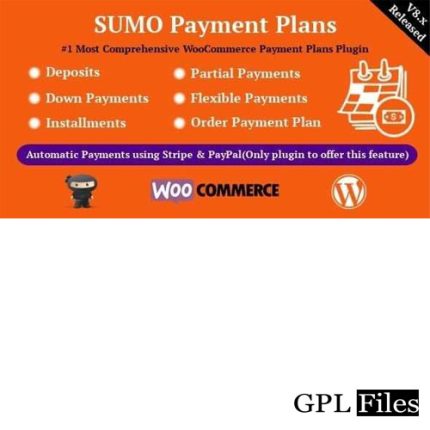
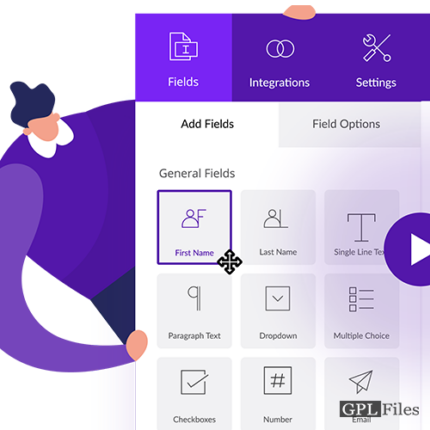
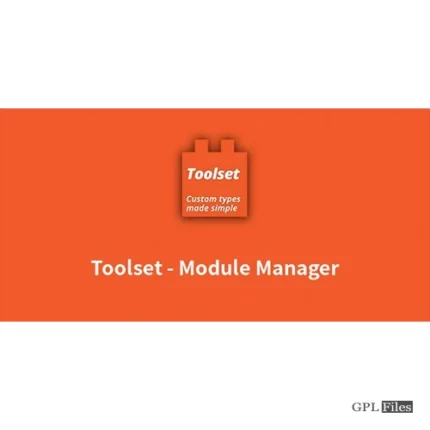
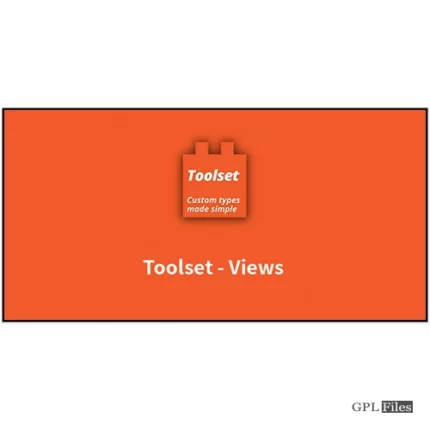





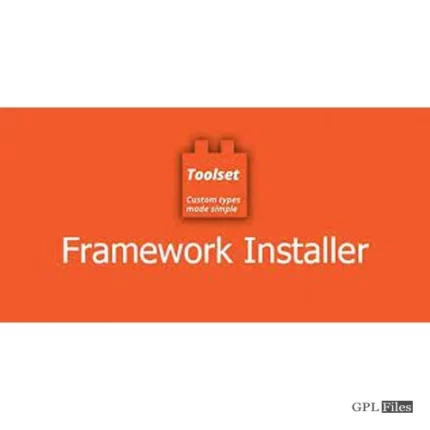
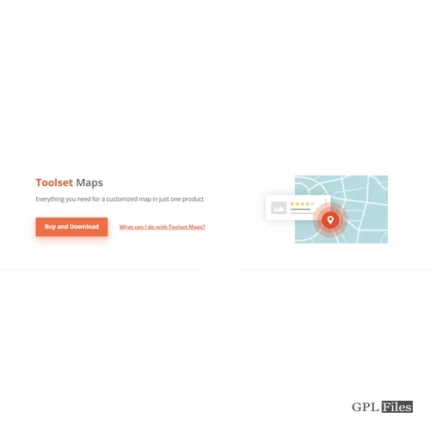

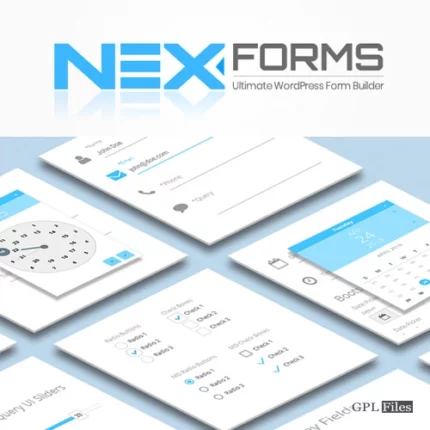
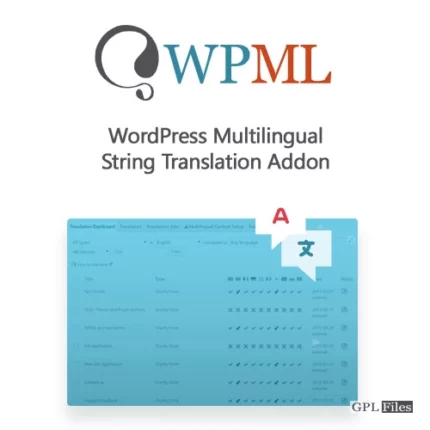
Reviews
There are no reviews yet.